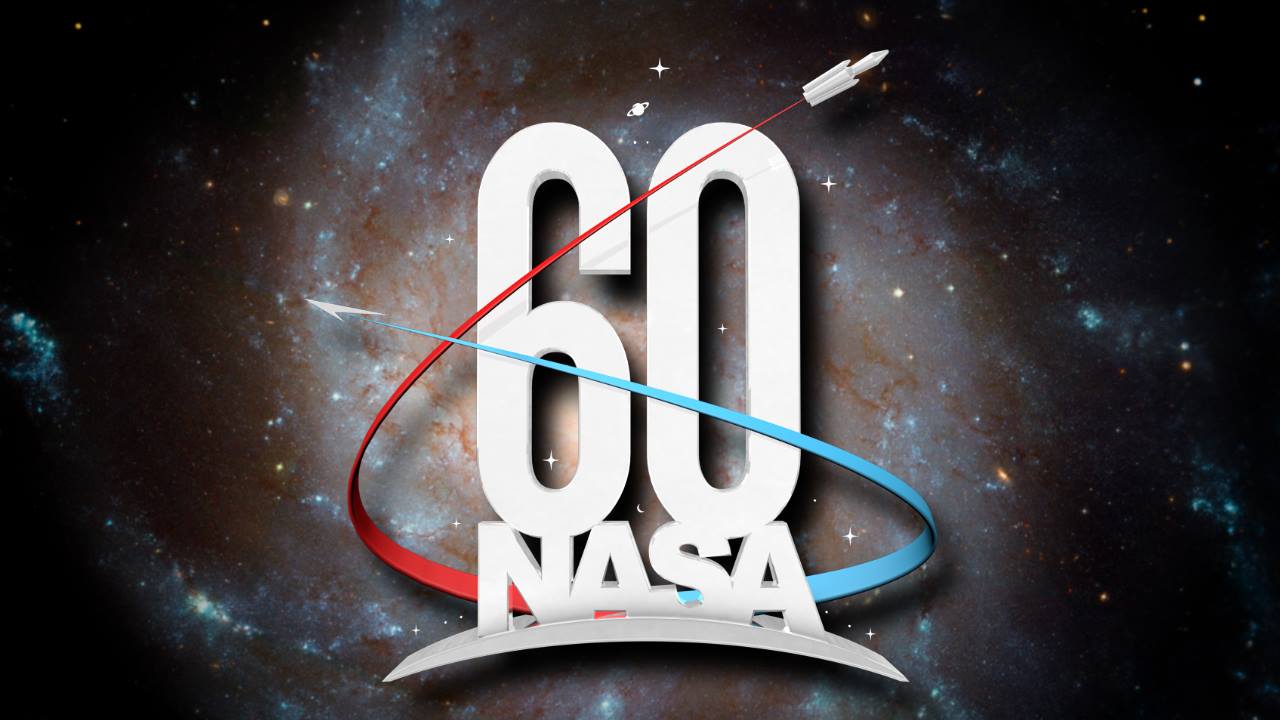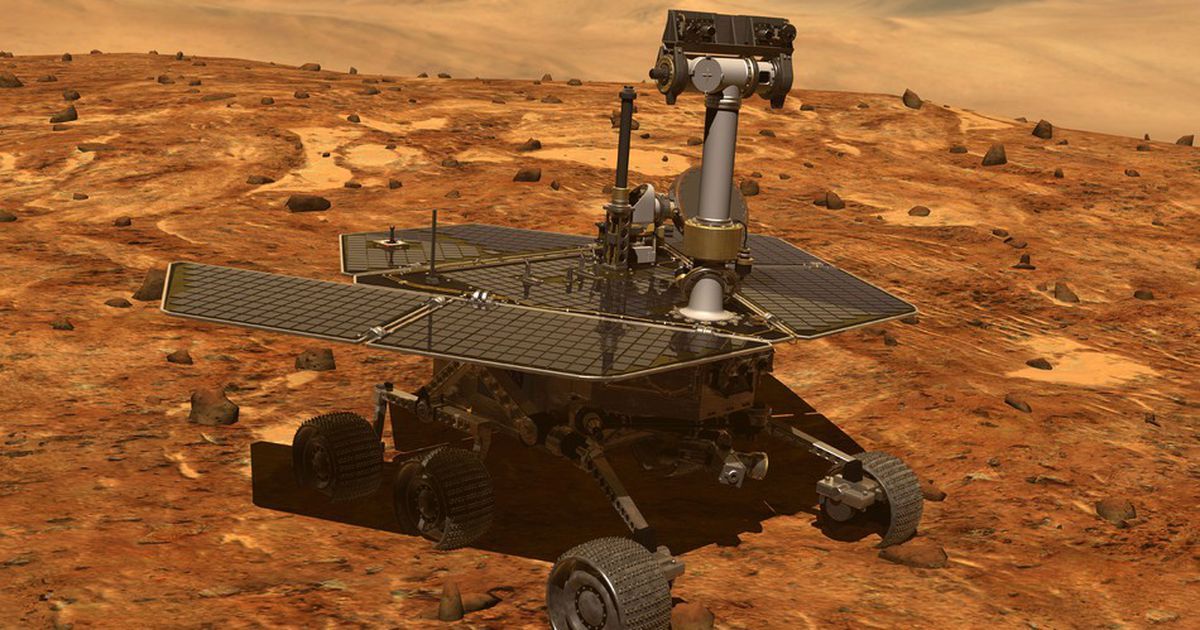A new conjecture in physics challenges the leading “theory of everything.” (Via The Atlantic)
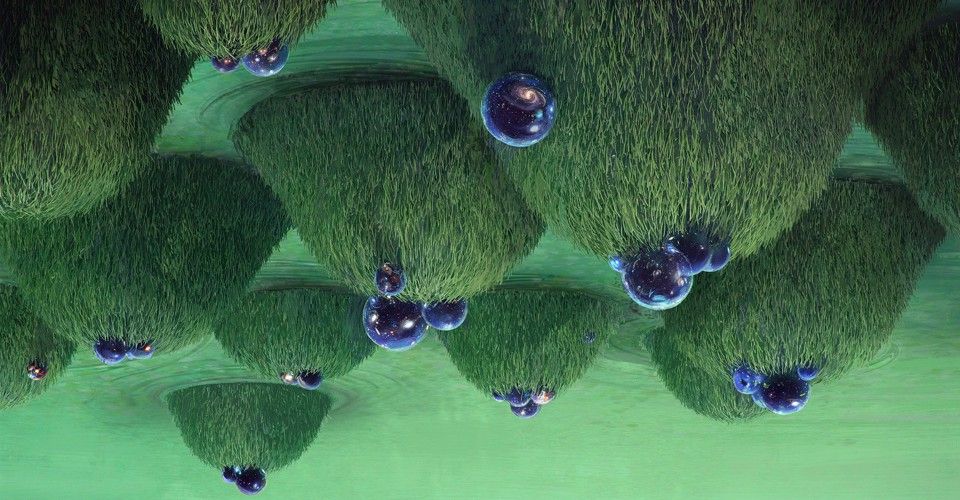

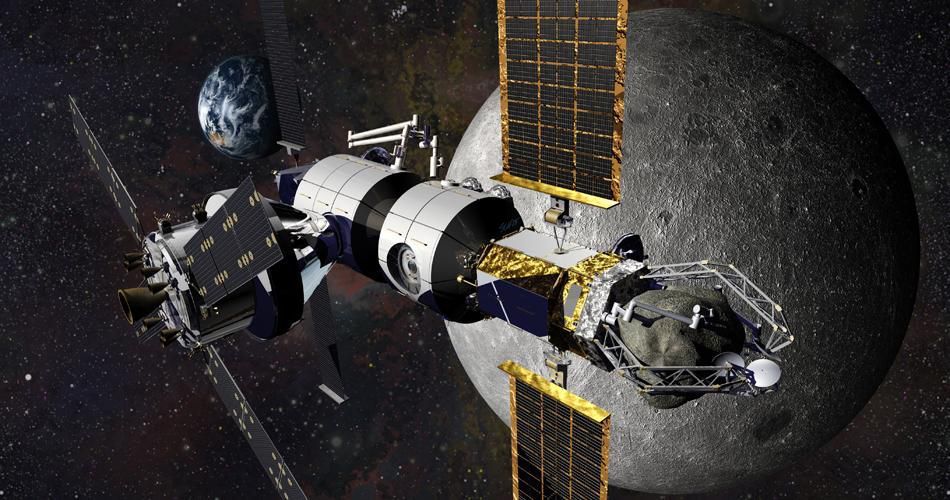
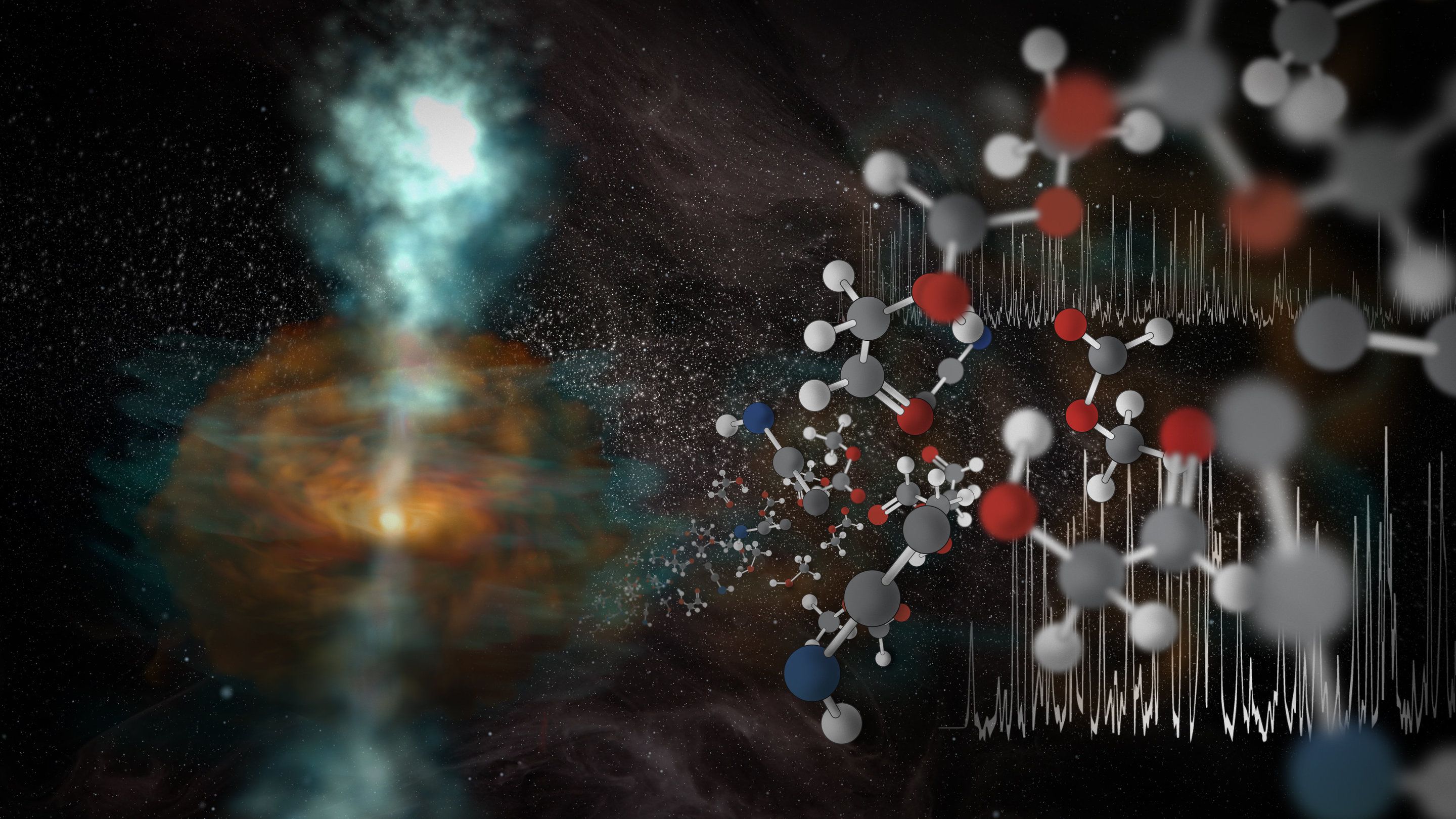
The ALMA telescope in Chile has transformed how we see the universe, showing us otherwise invisible parts of the cosmos. This array of incredibly precise antennas studies a comparatively high-frequency sliver of radio light: waves that range from a few tenths of a millimeter to several millimeters in length. Recently, scientists pushed ALMA to its limits, harnessing the array’s highest-frequency (shortest wavelength) capabilities, which peer into a part of the electromagnetic spectrum that straddles the line between infrared light and radio waves.
“High-frequency radio observations like these are normally not possible from the ground,” said Brett McGuire, a chemist at the National Radio Astronomy Observatory in Charlottesville, Virginia, and lead author on a paper appearing in the Astrophysical Journal Letters. “They require the extreme precision and sensitivity of ALMA, along with some of the driest and most stable atmospheric conditions that can be found on Earth.”
Under ideal atmospheric conditions, which occurred on the evening of 5 April 2018, astronomers trained ALMA’s highest-frequency, submillimeter vision on a curious region of the Cat’s Paw Nebula (also known as NGC 6334I), a star-forming complex located about 4,300 light-years from Earth in the direction of the southern constellation Scorpius.

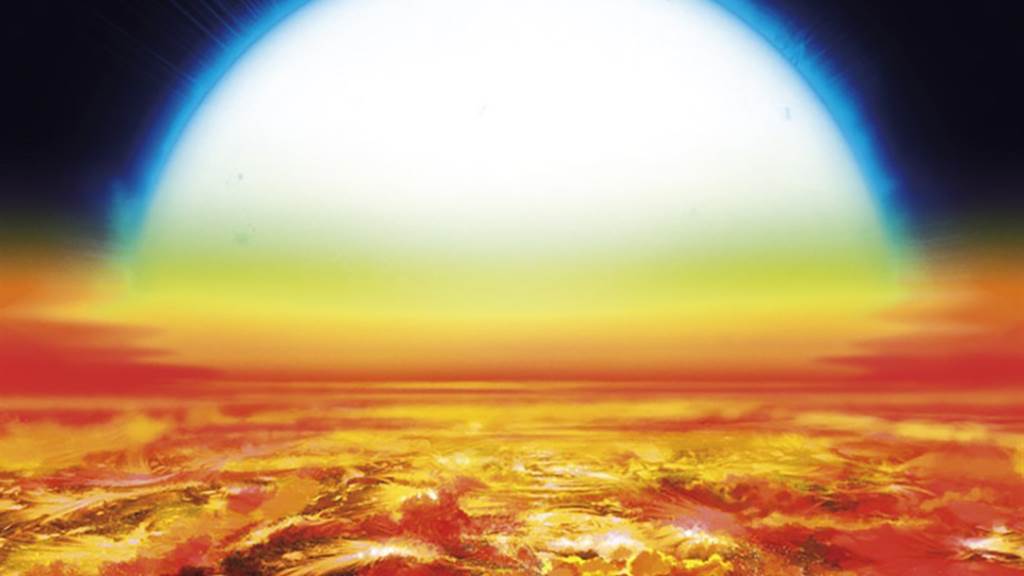
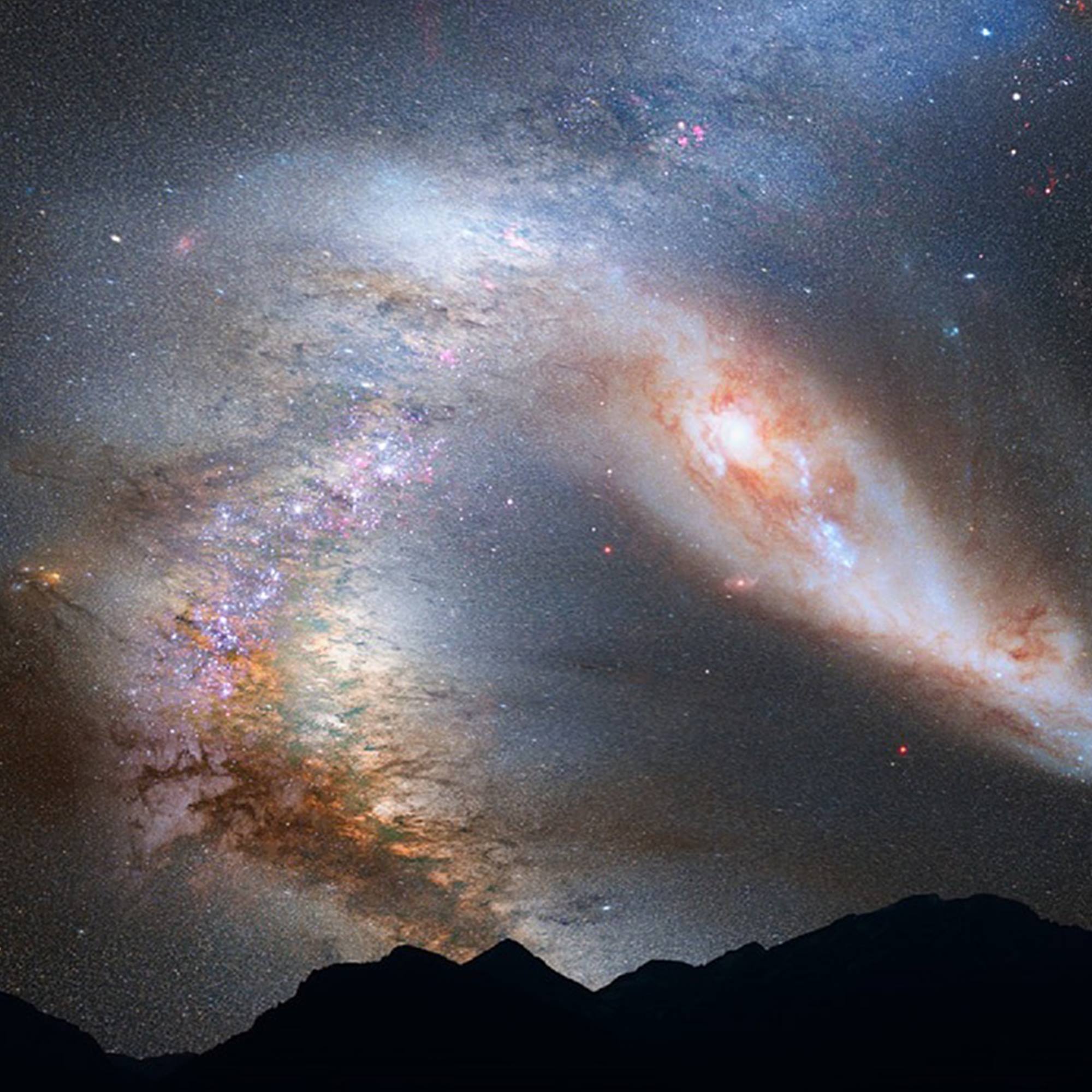
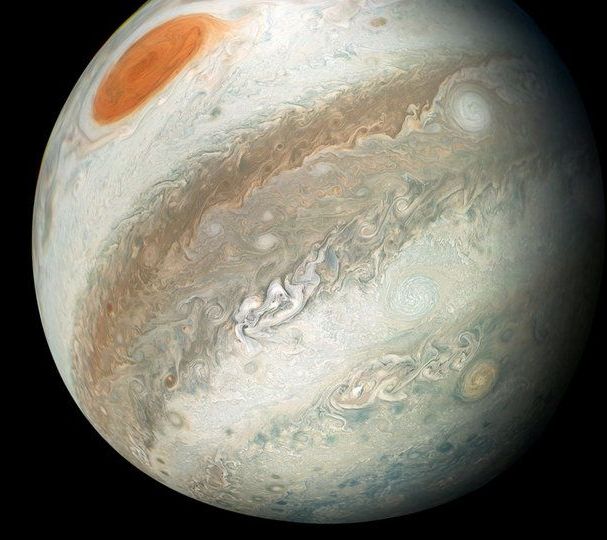
With gentle pulses from gigantic lasers, scientists at Lawrence Livermore National Laboratory in California transformed hydrogen into droplets of shiny liquid metal.
Their research, reported on Thursday in the journal Science, could improve understanding of giant gas planets like Jupiter and Saturn whose interiors are believed to be awash with liquid metallic hydrogen.
The findings could also help settle some fractious debates over the physics of the lightest and most abundant element in the universe.
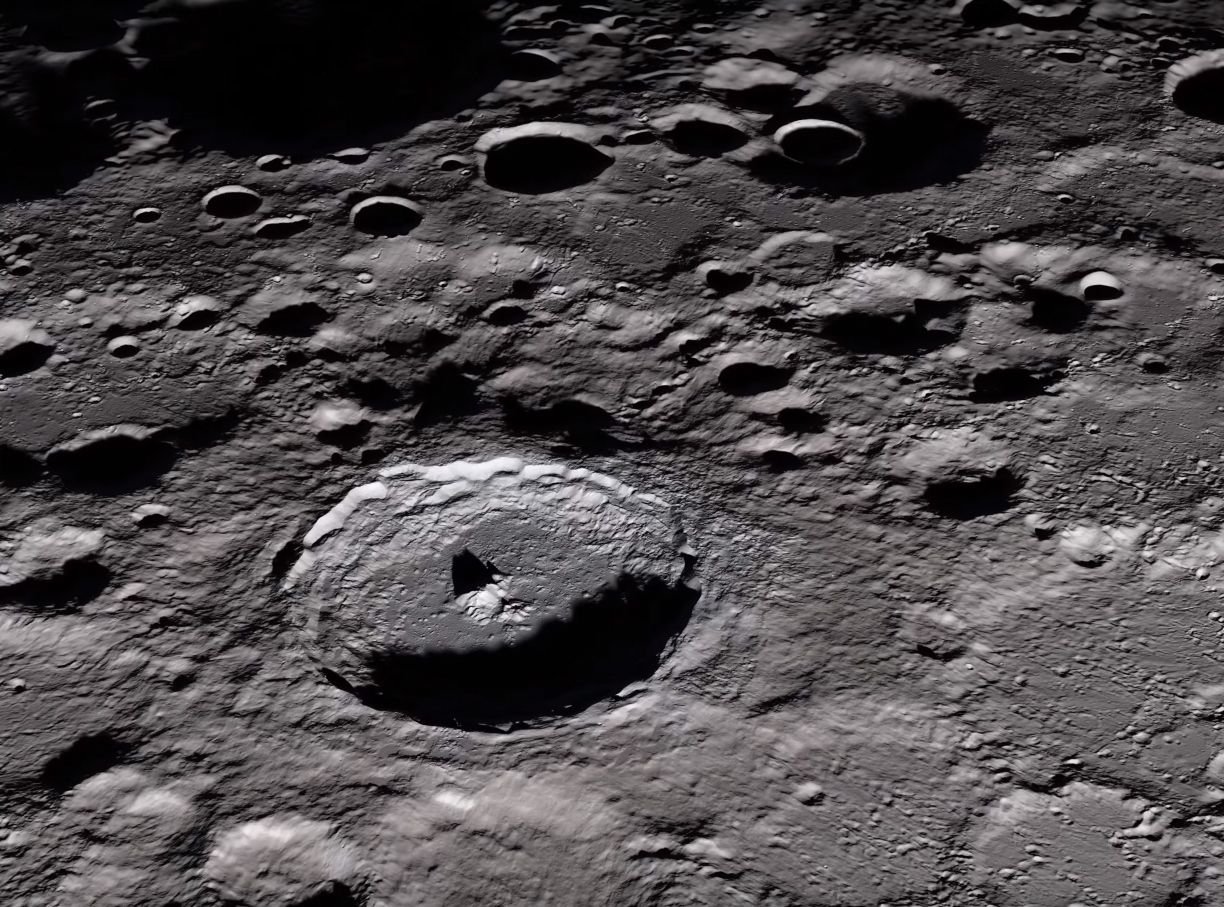
The United States and Russia aren’t the only two nations working hard at realizing their space-faring dreams. China has quickly ramped up its high-flying ambitions in the past couple of decades and late 2018 will mark a real milestone for the country’s space program. The country just announced that it plans on launching a lunar rover to the far side of the Moon in December of this year.
The announcement comes via China’s state-run news agency CCTV, and China seems bullish on the prospect of being the first country to explore the far side of Earth’s moon with a robotic rover.
The mission, named Chang’e 4, follows in the footsteps of its predecessor (you guessed it, Chang’e 3) which saw a rover nicknamed “Jade Rabbit” land on the near side of the Moon back in 2013. That rover ran out of steam in August of 2016, and the model that will be flying to the far side is built largely of backup parts from the Chang’e 3 mission.
